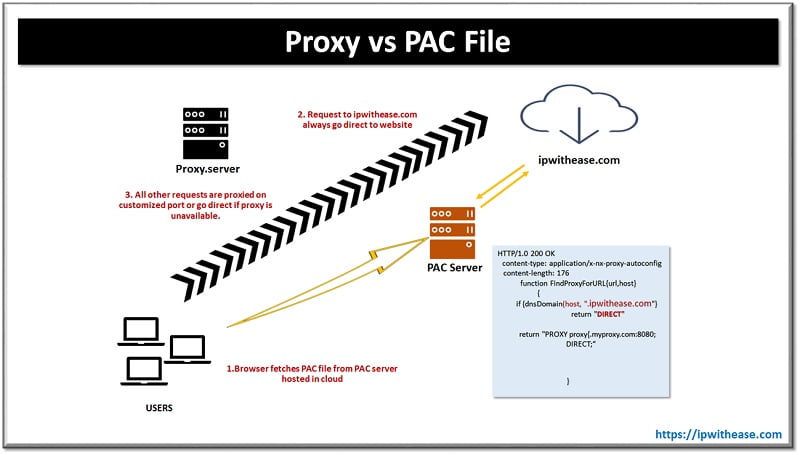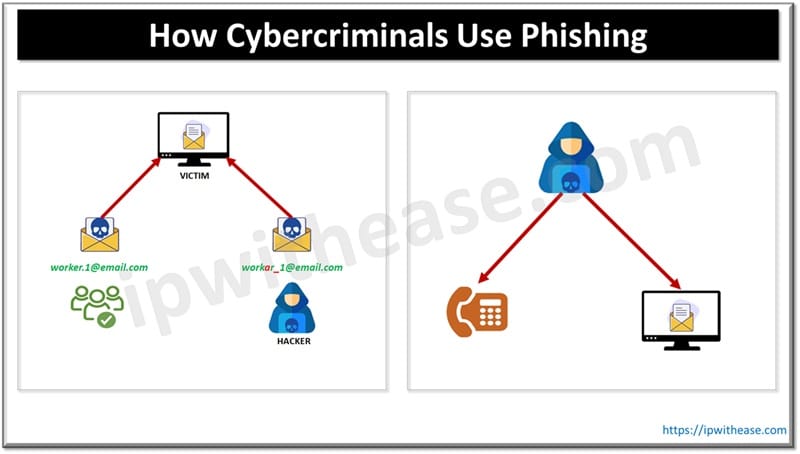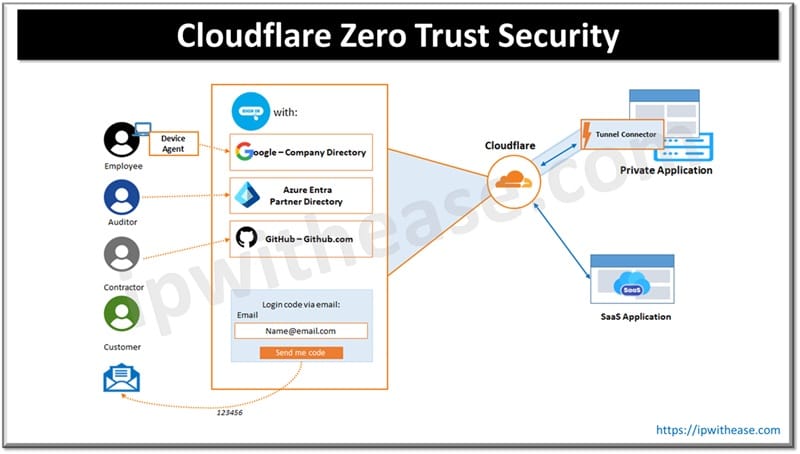Table of Contents
Security administration historically relies on intuition, leading to policies based on subjective complexity. The modern threat landscape, dominated by massive parallel computing power, renders these traditional rules obsolete. To truly defend an organization against credential theft and brute-force attacks, security administrators must abandon arbitrary mandates and adopt an objective, risk-based policy quantified by cryptographic entropy.

The Paradigm Shift: Moving Beyond Subjective Complexity
Password policy was, for many decades, dictated by complexity requirements: the user was required to include uppercase letters, lowercase letters, digits, and symbols. These requirements, while attempting maximum character diversity (R), would, in practice, induce a high cognitive load, resulting in the creation of predictable patterns, which is the exact opposite of the desired aim. Since the users did not want to memorize complicated strings, they would typically come up with easily guessable structures—for example, resorting to seasonal terms or common substitution practices (e.g., “a” for “@”).
The most authoritative security guidance has recognized the futility of this approach. The National Institute of Standards and Technology (NIST) Special Publication (SP) 800-63B explicitly recommends against enforcing arbitrary complexity rules and password expiration, noting that these requirements provide “no real-world value” and should be unticked in Active Directory and other identity management systems. The shift required for effective security administration is to move focus away from arbitrary character diversity and toward ensuring overwhelming keyspace size and measurable entropy. Keyspace defines the total number of possible passwords, while entropy quantifies the unpredictability.
Cryptographic Foundations: The Exponential Power of Length
The foundation of password strength lies in its mathematical potential. The total keyspace (N) is calculated as R to the power of L, where R is the size of the character pool (e.g., 26 for lowercase, 94 for mixed characters including symbols) and L is the password length. However, the true measure of a password’s strength is its Shannon Entropy (E), which is expressed in bits. Entropy quantifies the uncertainty an attacker faces and is calculated using the formula E = L × log₂(R).
A password offering X bits of entropy is computationally as strong as a randomly generated string of X bits, requiring 2 to the power of X attempts to exhaust all possibilities in a theoretical brute-force attack. Increasing entropy by just one bit doubles the number of guesses required.
The Exponential Advantage of Length (L)
For administrators designing policy, understanding the differing impacts of length versus complexity is critical. As much as doubling the character set (R) technically increases keyspace, the effect is linear per character. Increasing the pool from 26 lowercase characters to 52 mixed-case characters doesn’t have a big impact on the entropy per character—it changes it from around 4.7 bits to 5.7 bits. In stark contrast, increasing the length (L) provides exponential growth in the keyspace, as L is in the exponent of the calculation.
Therefore, length is overwhelmingly the most important contributor to maximum entropy. Adding two characters to a password from a base of a 26-character set, for instance, gives us 676 times as many options as we had before (26 raised to the power of 2).
Modeling the Adversary: The Speed of Modern Brute-Force Capabilities
The processing power of current-generation GPUs is staggering. Studies indicate that a GPU like the RTX 4090 can test an 8-character password consisting of same-case English letters and digits (36 combinable characters) in approximately 17 seconds. Overall, nearly six out of ten passwords in breach samples can be cracked in less than an hour using modern graphics cards or cloud services. For dedicated cryptographic tasks, the raw speed potential is immense, with estimates for ASIC hardware used as a proxy for raw cryptographic processing power suggesting speeds up to 5 × 10¹⁸ encryptions per second.
This incessant increase in processing power reveals a significant weakness in systems using legacy hashing mechanisms. Should a system employ a fast, weak hash function (such as MD5 or unsalted SHA-1), the time it takes to process and validate one password candidate becomes almost zero. In this scenario, all the benefit is transferred to the attacker’s hardware. The attacker’s ability to conduct 10¹² or more guesses per second remains largely unchecked, quickly negating even large keyspaces. The defensive policy must therefore ensure that the computational work required to test one password candidate is high enough to nullify the attacker’s ability to run massive parallel attacks efficiently.
Quantifying Risk: Translating Entropy to System Lifespan
The time required to successfully guess a password (T) is determined by four variables: the keyspace size (N), the average attempts needed (N / 2), the attacker’s speed (S), and the computational cost imposed by the server-side hashing function (C). The formula for T can be expressed as:
T = (N / 2) / (S × C)
To set a true administrative policy, an administrator must choose a minimum acceptable system lifespan (e.g., 50 years, 100 years) and work backward to determine the minimum required keyspace (N). Security administrators must model the likelihood of a successful attack within a fixed time interval (e.g., P(crack|t=100 years) < 10⁻²⁰) and specify a minimum entropy that gives rise to a negligible probability of failure. To deal with complex scenarios with time-bounded risk assessment versus real-world attack rates, administrators can use a probability calculator to help model the desired security thresholds.
Instead of mandating a symbol, the policy would commit to a minimum entropy floor (e.g., 90 bits for regular users, 128 bits for administration accounts). This system leaves the user with some room for creativity (e.g., long passphrases) while also guaranteeing measurable, quantifiable security. The data confirms that while a high character set aids security, length is the dominant variable. Policy writers must understand that if the attacker’s speed (S) is constantly increasing, the time-to-crack (T) will continuously shrink unless the keyspace (N) or the computational cost (C) grows commensurately.
Conclusion
The traditional reliance on subjective password complexity requirements has become obsolete due to the immense power of modern parallel computing and the subsequent commodification of brute-force capabilities. Effective security administration mandates a paradigm shift, moving focus from arbitrary character diversity to quantifiable cryptographic entropy. The mathematical reality dictates that length (L) is the dominant variable in maximizing keyspace and, consequently, security strength, overshadowing the linear benefits of character set size (R).
A defensive policy must not only enforce a minimum entropy floor but also employ slow, memory-hard hashing to introduce a computational cost (C) that nullifies the adversary’s processing speed (S). By adopting an objective, risk-based policy—tied to a minimum acceptable system lifespan—organizations can transition from arbitrary mandates to demonstrably robust security.
ABOUT THE AUTHOR
IPwithease is aimed at sharing knowledge across varied domains like Network, Security, Virtualization, Software, Wireless, etc.



